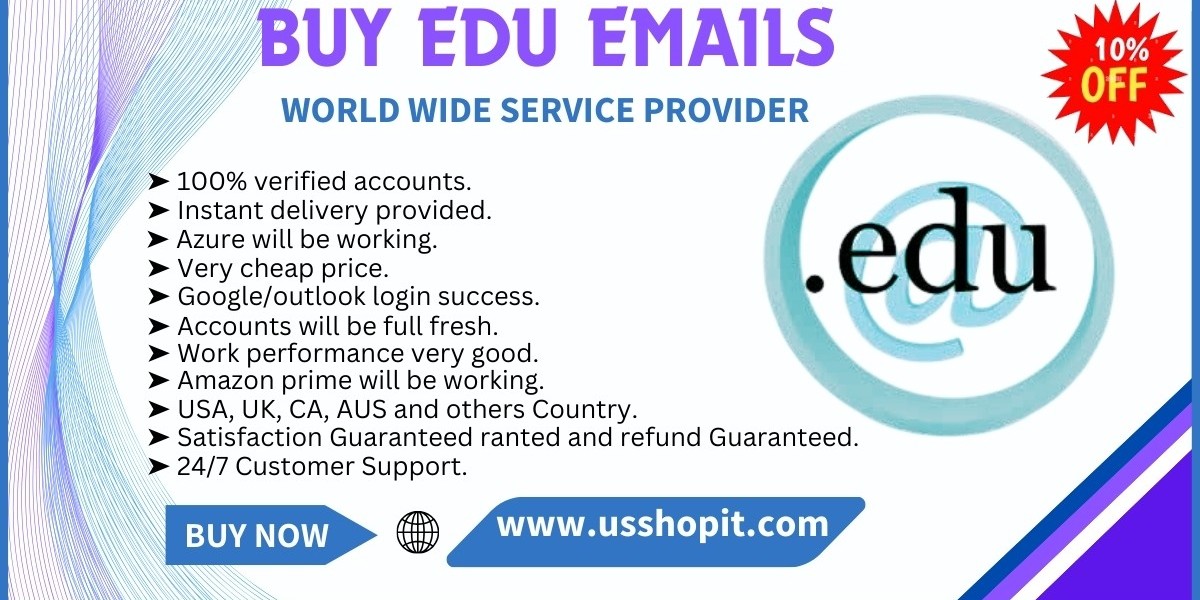In today’s fast-evolving corporate landscape, functional departments can no longer operate in silos. Businesses that aim to stay competitive must foster strategic alignment between core operational areas and broader organisational goals. This is where the concept of business partnering becomes not just useful—but essential.
Whether it's procurement, finance, HR, or IT, adopting a business partnering model helps create a culture of collaboration, data-driven decision-making, and long-term value creation. Among these, Procurement Business Partnering and HR Business Partnering have emerged as powerful strategies for driving transformation, boosting agility, and aligning daily operations with executive-level vision.
Let’s explore how these roles are shaping the future of Australian businesses and why more organisations are investing in strategic partnerships within their workforce.
What Is Business Partnering?
At its core, business partnering is about turning support functions into strategic collaborators. Rather than being reactive or purely operational, business partners take a proactive role in influencing strategy, analysing performance, and enabling growth.
The partner becomes a bridge between their function (e.g., HR, procurement) and the leadership team—offering insights, recommending improvements, and aligning their function’s work with business goals. It’s about impact, not just input.
This model is gaining traction across sectors because it delivers measurable value. From improving employee retention to optimising supply chains, business partnering transforms functions from cost centres into value drivers.
The Role of a Procurement Business Partner
Procurement has evolved far beyond cost-cutting and contract negotiation. Today, it plays a strategic role in managing supply chain risk, driving sustainability, and improving innovation.
A Procurement Business Partner is embedded within the business to ensure procurement strategies are aligned with commercial goals. They help make sourcing decisions that are not only financially sound but also support long-term objectives such as ESG (environmental, social and governance) commitments, resilience, and supplier diversity.
Key responsibilities typically include:
Collaborating with internal stakeholders to understand project and operational needs
Translating business requirements into procurement strategies
Providing insights into supplier performance, risks, and opportunities
Influencing budget allocation and spend optimisation
By working closely with business units, procurement business partners help build supply chains that are not only cost-effective but also agile and aligned with the company's purpose.
HR Business Partnering: Enabling Workforce Transformation
In an era defined by hybrid work, digital transformation, and skills shortages, HR has a renewed strategic role. An HR Business Partnering model empowers HR professionals to step away from transactional work and become advisors to business leaders.
The HR business partner (HRBP) works hand-in-hand with senior managers to build people strategies that support business goals. This might involve workforce planning, talent management, succession planning, culture development, and performance enablement.
For instance, if a tech company is expanding into a new market, the HRBP ensures that recruitment, onboarding, and training strategies are aligned with timelines and regional requirements. They also advise on legal compliance, diversity targets, and leadership capability.
Modern HRBPs combine soft skills with analytics—interpreting employee data to make evidence-based decisions that impact productivity, engagement, and retention. The most successful HR business partners are agile, commercial-minded, and future-focused.
The Impact of Strategic Business Partnering
Adopting a business partnering model unlocks several tangible and intangible benefits for organisations, such as:
1. Improved Decision-Making
By having functional experts involved in strategic conversations, organisations can make more informed, data-backed decisions. Procurement partners can provide real-time supplier insights, while HRBPs can analyse attrition trends and workforce costs.
2. Enhanced Agility
In fast-moving industries, businesses must respond quickly to change. Business partners provide foresight, helping teams pivot strategies and mitigate risks in real time.
3. Increased Accountability
When partners work closely with business units, there's better ownership of results. Instead of HR or procurement being blamed for process gaps, there's shared responsibility for outcomes.
4. Better Customer and Employee Experiences
Strategic alignment ensures that internal processes—from hiring to sourcing—are designed with end-users in mind. This leads to faster delivery, better service, and happier employees.
Implementing a Successful Business Partnering Model
Shifting to a partnering model requires more than just changing job titles. Here are the key steps:
a) Restructure Functional Teams
Operational work should be delegated to centres of excellence or shared services. This frees up business partners to focus on strategic priorities.
b) Upskill the Team
Not everyone in HR or procurement is ready to be a partner. Invest in training that develops commercial acumen, communication, negotiation, and data literacy.
c) Embed Partners in the Business
Partners should attend leadership meetings, understand departmental KPIs, and become trusted advisors—not outsiders.
d) Measure What Matters
Introduce KPIs that reflect impact, such as cost savings, turnover reduction, or speed to hire. Show how the business partner contributes to core objectives.
Looking Ahead: The Future of Business Partnering
The next decade will demand even more cross-functional collaboration. As AI, automation, and globalisation continue to reshape the workplace, functions like HR and procurement must evolve or risk being left behind.
Business partnering is no longer optional—it's a competitive advantage.
Those who invest now in building strong, strategic partnerships within their organisations will be better equipped to weather disruption, grow sustainably, and retain top talent. Whether it's an HR Business Partnering initiative to boost employee engagement, or a Procurement Business Partner driving supplier innovation, the future belongs to those who can connect the dots between vision and execution.








